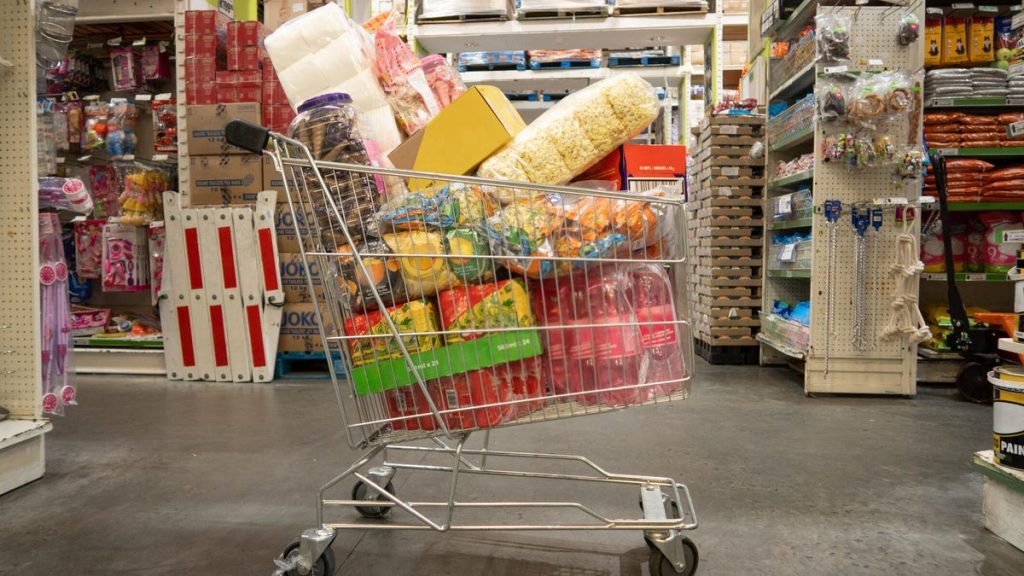Bulk buying, often associated with warehouse clubs like Costco, presents a compelling avenue for significant grocery savings. A rough estimate suggests an average individual could save $1,000 annually by strategically purchasing bulk items. However, maximizing these savings requires careful consideration of storage space, shelf life, and consumption habits. Before committing to a bulk purchase, it’s crucial to assess whether the potential savings outweigh the lowest price available at other stores, ensure the items will be consumed before they expire or degrade, and confirm adequate storage space. If these criteria are met, bulk buying can become a powerful tool for stretching your food budget.
Several food categories stand out as particularly advantageous for bulk purchases. Canned and dried beans, nutritional powerhouses packed with protein and versatility, boast extended shelf lives. Canned beans can last up to five years when stored properly, while dried beans offer even greater savings per serving. Frozen proteins, including meat and seafood, often retain high quality due to being frozen shortly after harvest. These can be stored for extended periods, up to a year for certain types, making them ideal for bulk buying and pre-portioned meal preparation.
Another surprising candidate for bulk purchasing is butter. Contrary to common perception, butter freezes well and can last up to a year in the freezer. Costco’s Kirkland Signature butter, often cited as a particularly cost-effective option, exemplifies the potential savings. Similarly, boxed pasta, a pantry staple, offers a long shelf life of up to two years unopened and even longer when vacuum-sealed. The savings per pound compared to individual boxes can be substantial, making it a smart choice for large families or pasta enthusiasts.
Specialty items, while not universally suited for bulk buying, present opportunities for savings on high-cost ingredients. Spices like high-quality black peppercorns, saffron, tinned fish, and even caviar can be stocked up on when on sale, provided they will be used before expiring. Caviar, interestingly, can be frozen unopened for up to a year, extending its shelf life considerably. This approach requires careful evaluation of usage patterns and expiration dates to avoid waste.
Beyond food items, non-perishables like paper products offer substantial savings in bulk. Toilet paper and paper towels, often consumed quickly in households, are significantly cheaper when purchased in large quantities. The storage requirements for these items are less stringent, as they don’t necessitate climate-controlled environments. Utility spaces, attics, or other unfinished areas can easily accommodate bulk packages of paper products, making it a convenient and cost-effective strategy.
In conclusion, strategic bulk buying can lead to significant savings on grocery bills, potentially reaching $1,000 annually for the average shopper. The key to success lies in thoughtful consideration of shelf life, storage capacity, and consumption habits. Prioritizing items like beans, frozen proteins, butter, pasta, and select specialty items can maximize savings while minimizing waste. Extending this approach to non-food items like paper products further amplifies the benefits of buying in bulk. By carefully evaluating these factors and planning purchases accordingly, consumers can harness the power of bulk buying to unlock substantial savings and optimize their grocery budgets.

